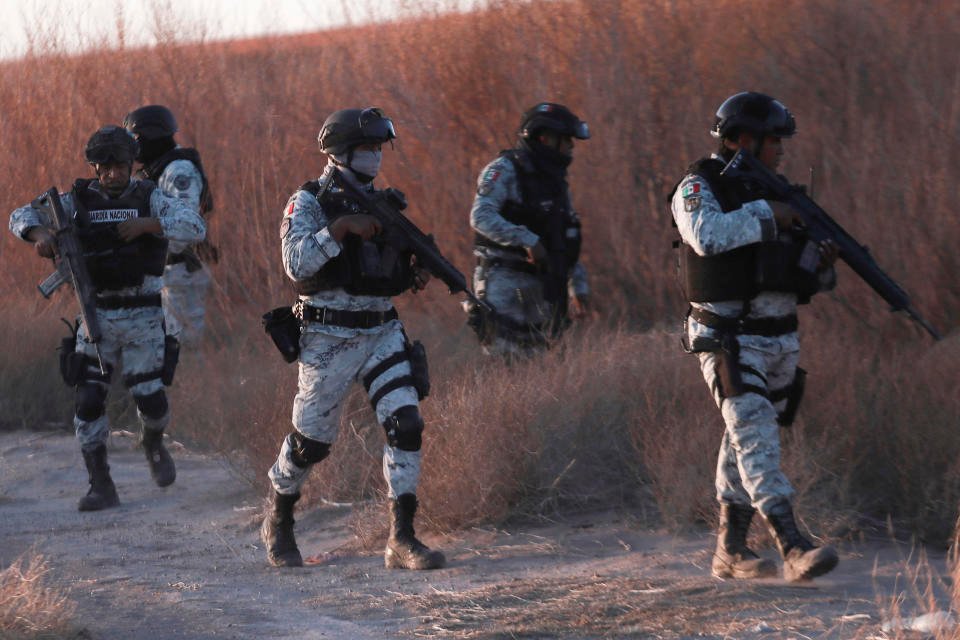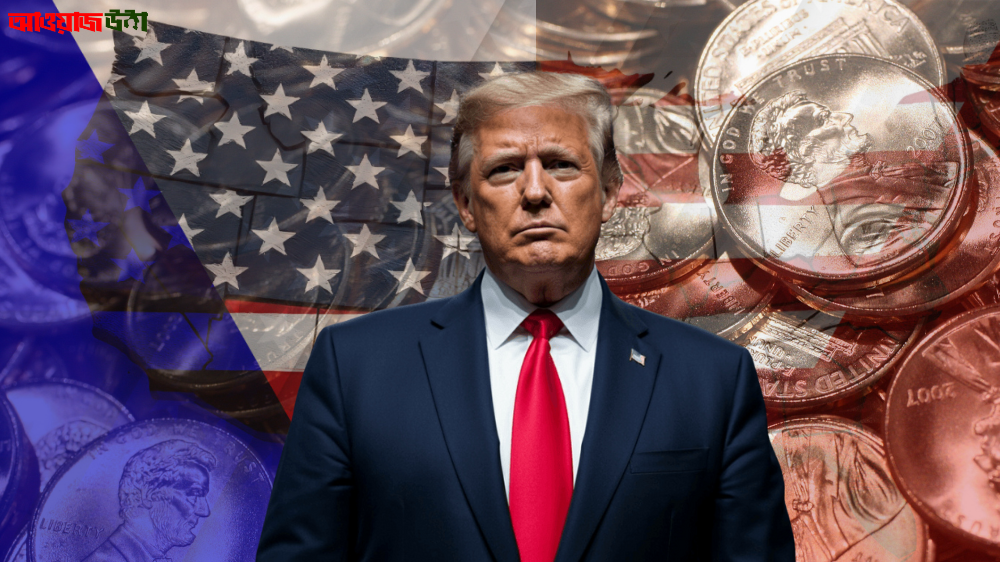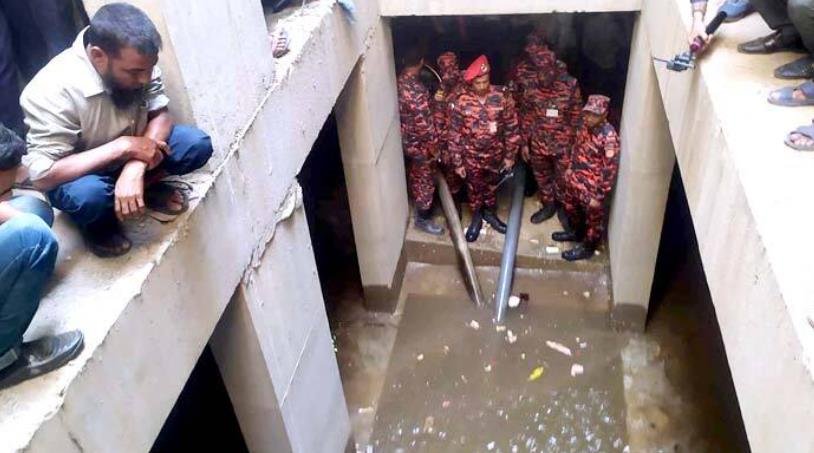In a dramatic escalation of tensions, Mexico has deployed 10,000 National Guard troops and military personnel to its northern border following U.S. President Donald Trump’s threat to impose crippling tariffs. The move, which began Wednesday (February 6), comes just days after Trump temporarily paused plans to levy a 25% tariff on Mexican goods, citing demands to curb illegal immigration and fentanyl trafficking.
The Tariff Standoff
Trump’s ultimatum last week warned Mexico to halt human smuggling and drug cartels or face economic penalties—a decision he suspended for 30 days, calling it a “goodwill gesture.” But Mexico’s swift militarization of the border, particularly near Ciudad Juárez-El Paso and Tijuana, signals a hardening stance. Masked troops have already seized ladders and ropes used by migrants to scale border walls, while armored trucks patrol key crossing points.
Security or Political Theater?
Mexican President Claudia Sheinbaum framed the deployment as a “security priority,” vowing to tackle fentanyl smuggling—a potent opioid linked to over 70,000 U.S. overdose deaths annually. Yet critics question the timing, suggesting the troop surge is less about security and more about appeasing Trump’s demands to avoid tariffs.
U.S. Secretary of State Marco Rubio praised Mexico’s actions, calling it a “positive step,” but immigration advocates argue the militarization risks endangering vulnerable migrants. Meanwhile, U.S. officials claim Mexican fentanyl seizures have already dropped by 21% in 2023, raising doubts about Trump’s justification for tariffs.
Behind the Numbers
- 1,650+ troops were stationed in Ciudad Juárez, and 1,949 were planned for Tijuana.
- 25% tariff threat—Trump’s leverage to force Mexico’s compliance.
- A 70% decline in illegal border crossings has been reported by Mexican authorities since 2022.
A Border in Crisis
Trump, who declared a national emergency at the border in 2019, continues to blame Mexico for lax security. His administration also pledged to curb illegal U.S. arms trafficking into Mexico—a key driver of cartel violence. But with troops now face-to-face across the Rio Grande, the border has become a stage for a high-stakes political duel.
What’s Next?
As National Guard officer José Luis Santos Iza declares “permanent surveillance” will remain, experts warn the troop buildup could strain diplomatic relations. With Trump eyeing a 2024 comeback, the border crisis—and Mexico’s defiant response—may dominate headlines long after the tariff deadline expires.
Why This Matters
This article taps into trending keywords like “Trump tariffs,” “border security,” and “fentanyl crisis” while posing critical questions about political motives. By blending hard data with geopolitical drama, it aims to rank highly on search engines and engage readers debating immigration, trade, and U.S.-Mexico relations.















